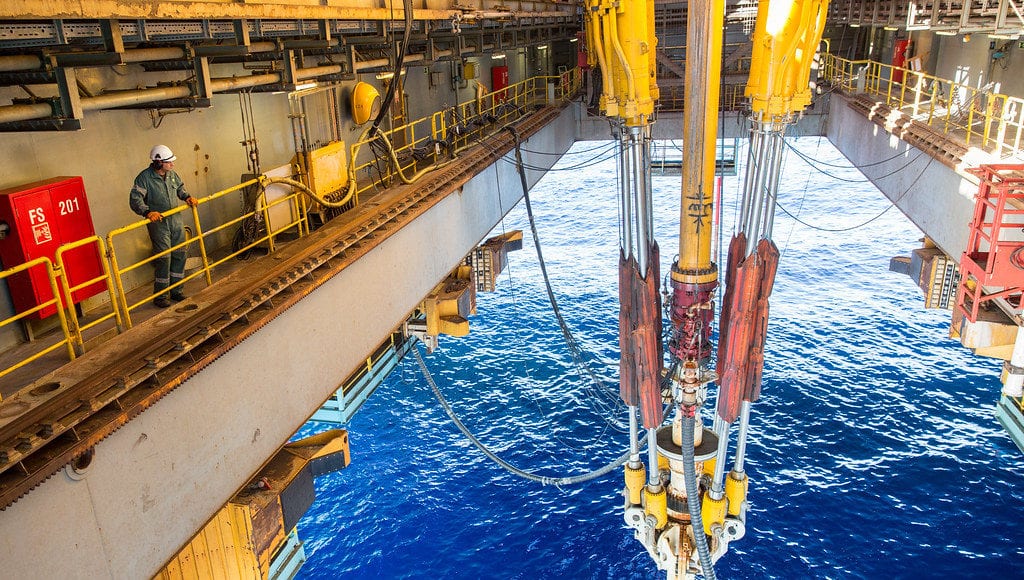Canadian joint venture partners in two offshore Guyana blocks, CGX Energy Inc. and Frontera Energy Corporation, disclosed this week that while work is progressing on the Kawa-1 exploration well in the Corentyne Block, it is unfortunately taking longer than originally forecast and costs are therefore projected to increase. It was originally reported to cost approximately US$80M. But the current cost estimate of the Kawa-1 well is now pegged at approximately US$115-$125 million.
The partners said they will provide an update on the exact costs and will issue full exploration results of the Kawa-1 well once total depth has been reached and results have been analyzed. They were keen to note however that CGX may be required to seek additional financing in keeping with the ongoing drilling program and is currently assessing several strategic opportunities.
In its latest operational update, the partners also said that approximately 90% of the planned footage has been drilled and the initial results suggest an active hydrocarbon system is present at the Kawa-1 location.
They said Horizon 19, the first of three geological zones targeted by the Joint Venture, has been penetrated while adding that Logging-While-Drilling and cuttings indicate the presence of hydrocarbons in several Campanian and upper Santonian formations.
Furthermore, the joint venture partners said they will run the planned 9 5/8″ liner at current depth, then drill ahead to the main Santonian target zone (Horizon 23) and the deeper secondary Santonian target zone (Horizon 25). It said the initial geological results will be further evaluated by wireline logging at the end of the well as part of the logging programme for the deeper zones.
Additionally, the partners were pleased to report that drilling operations have recorded only a single lost-time injury since August and Covid-19 protocols have resulted in no disruptions to operations and no positive cases detected after arrival on the drilling unit.
OilNOW previously reported that Kawa-1 targets are Campanian and Santonian stacked sandstone reservoirs, analogous to the discoveries on Block 58 in Suriname and potential deeper discoveries in the Stabroek block in Guyana.
Since 2015, with the discoveries on the Stabroek block in Guyana and more recently with the discoveries on Block 58 in Suriname, exploration in the Guyana and Suriname basins have resulted in over 10 billion barrels of oil equivalent discovered resources to date, as has been publicly disclosed.



